


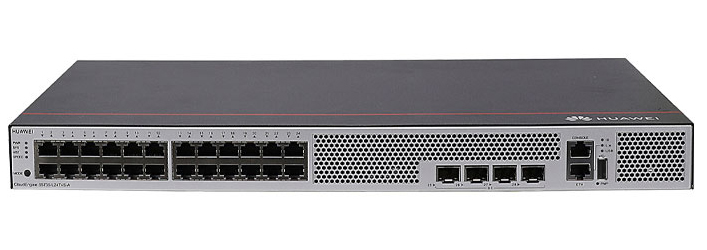
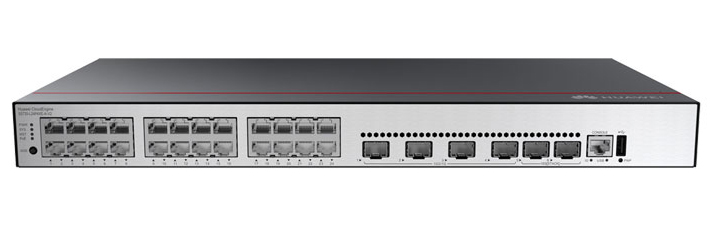
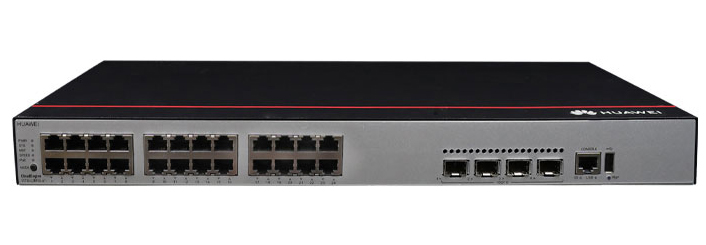

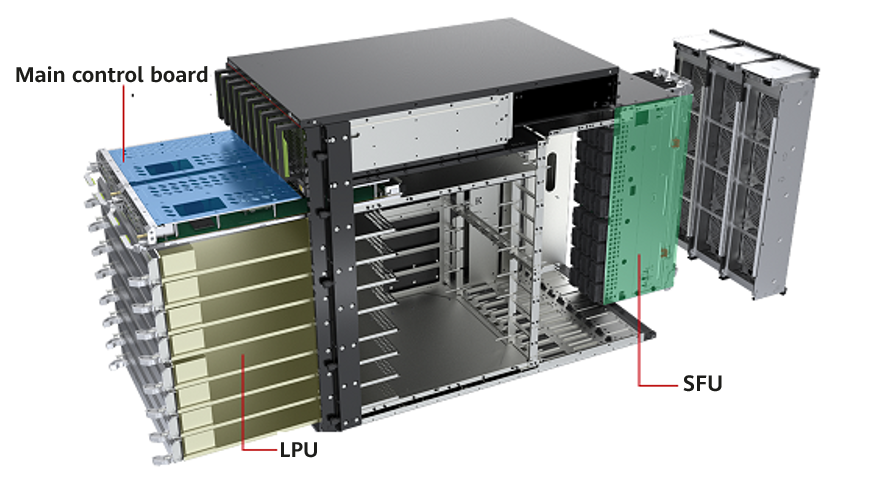

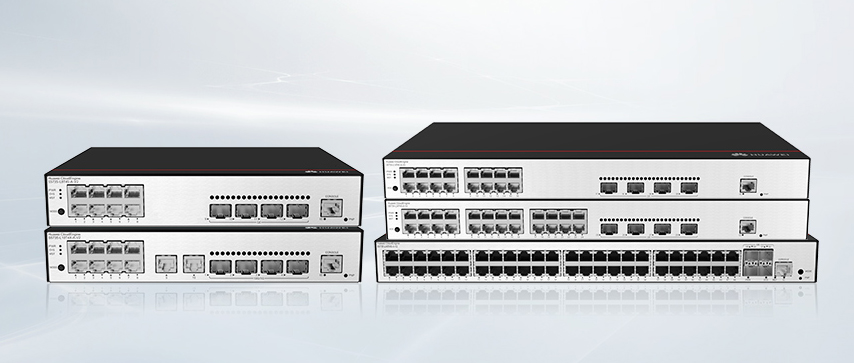
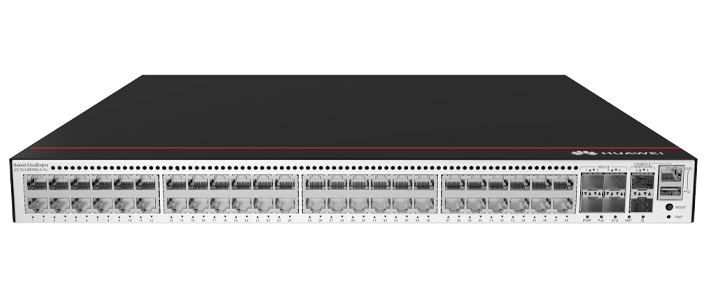
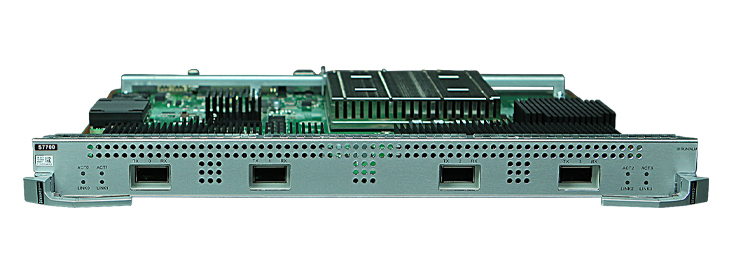

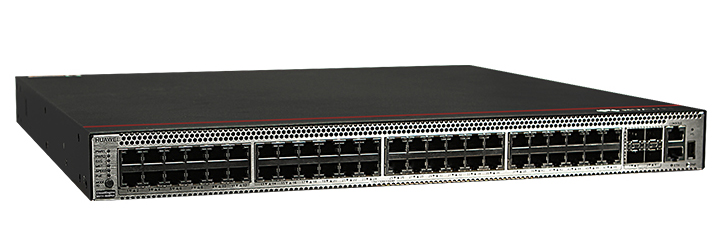
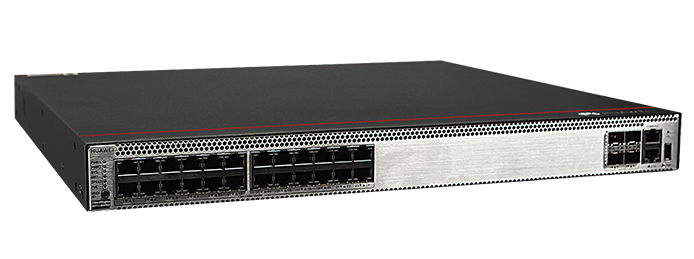
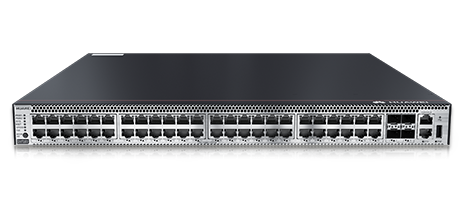
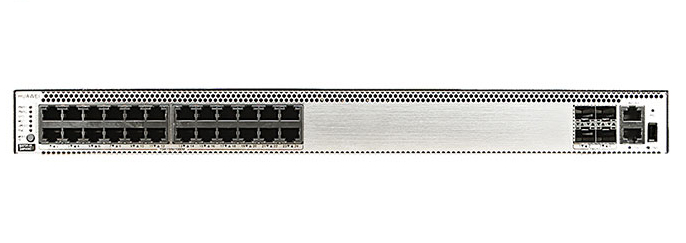
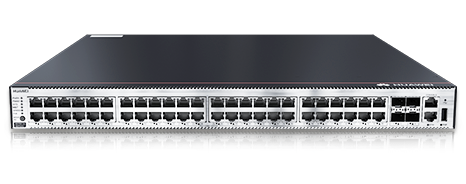
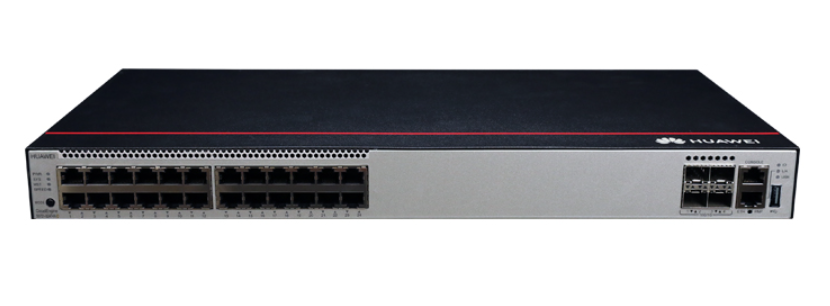

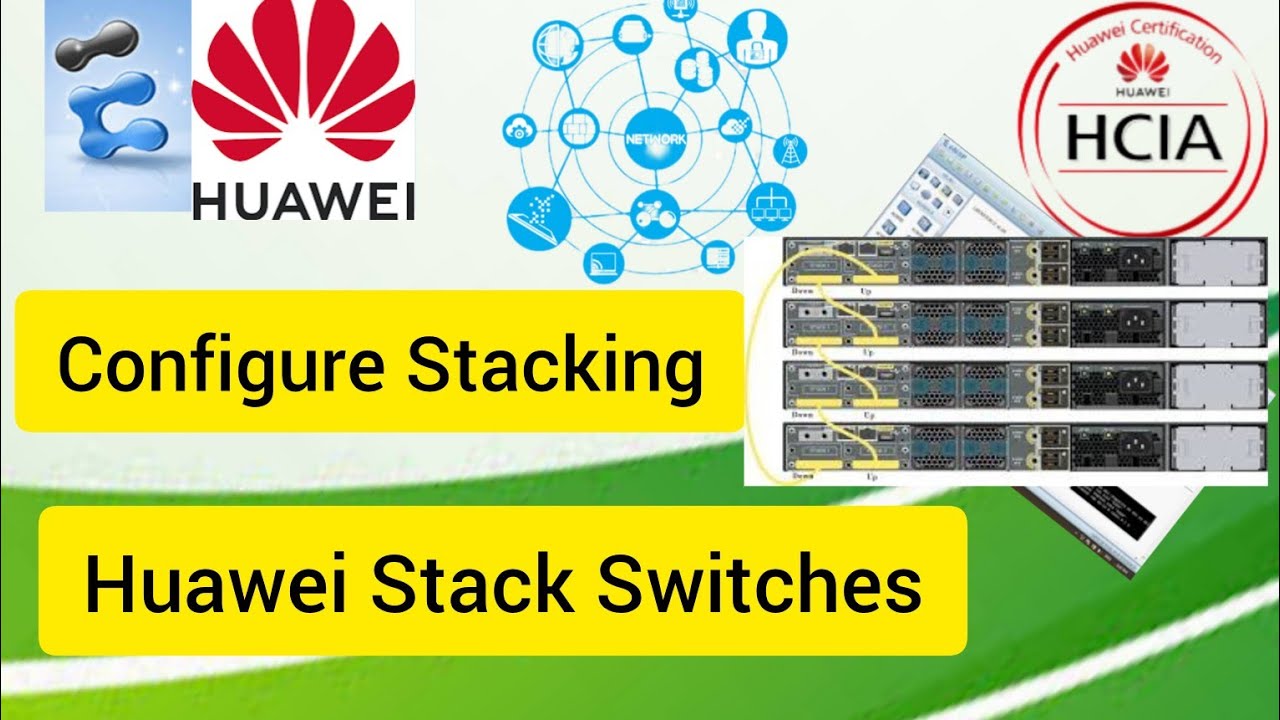
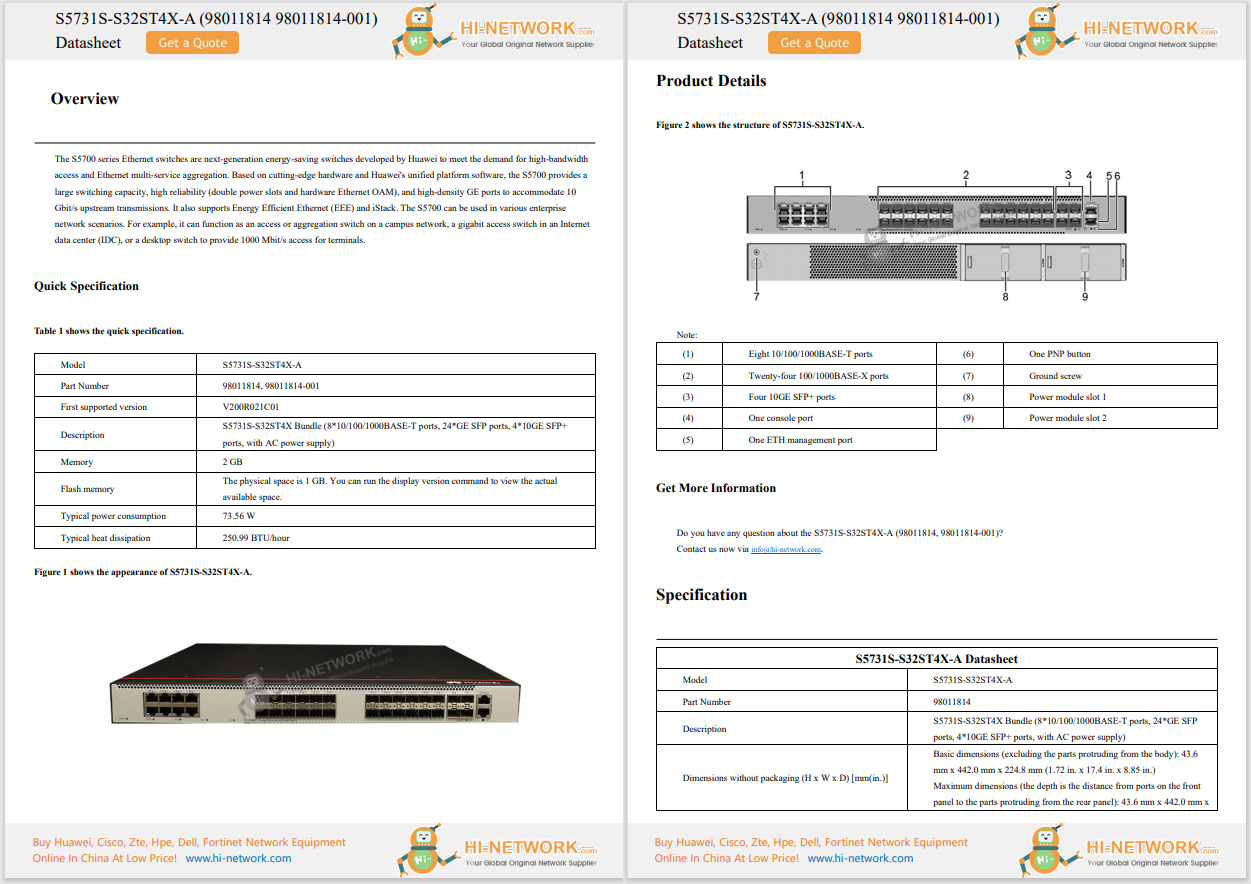

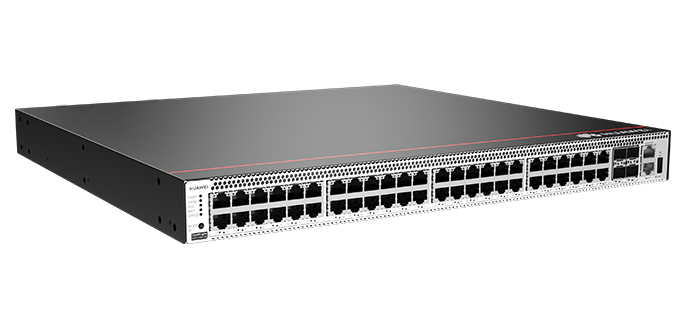
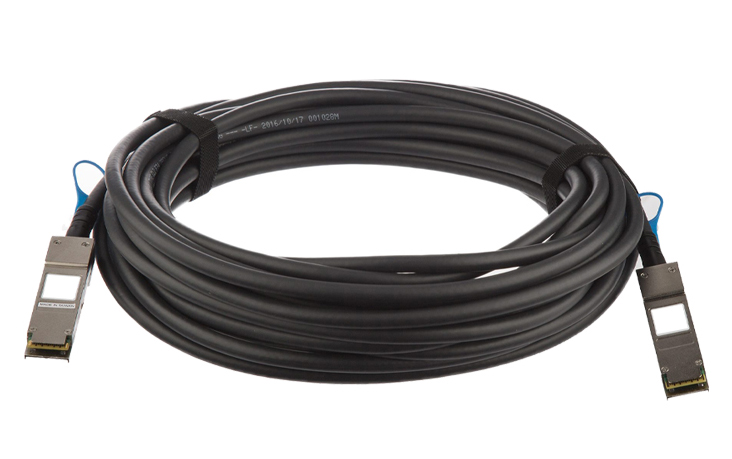
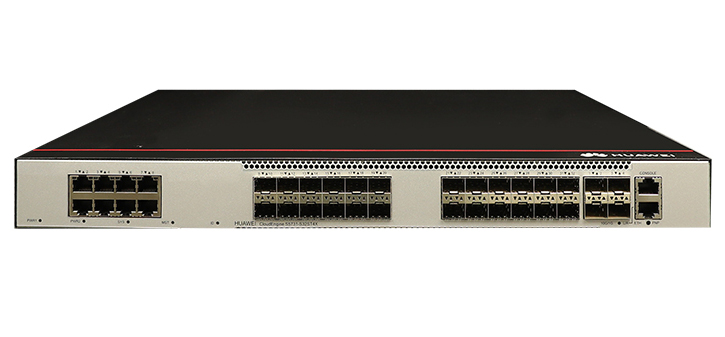
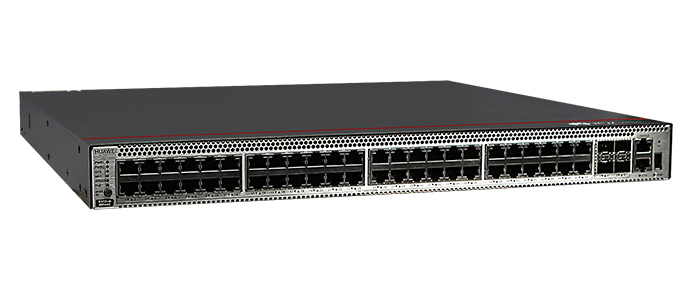



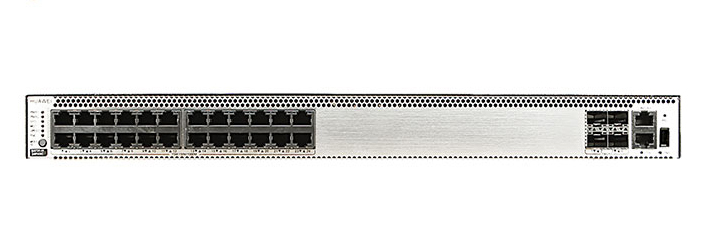
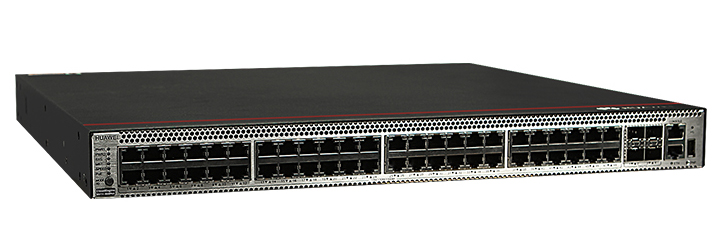

Due to equipment replacement needs, the engineer would like to gain a general understanding of Huawei’s CE and S series. The key differences between the two series are outlined below.
Primarily targets cloud data center networks (DCNs), especially large-scale and ultra-large-scale data centers with Spine-Leaf architectures. Designed to meet the requirements of cloud computing, big data, AI, and other services for ultra-high bandwidth, ultra-low latency, large-scale tenant isolation (via VXLAN/EVPN), high-level automation, and open programmability.
Primarily targets enterprise campus networks and metropolitan area network (MAN) core/aggregation layers. Designed to build a high-performance, highly reliable, and converged enterprise network (routing, switching, security, wireless, voice, etc.), supporting both traditional and emerging business needs.
Although the S12700 series carries an “S” prefix, its programmable architecture and design philosophy align more closely with the CE series, making it suitable for large campus cores or core layers of small and medium-sized data centers.
Comparison Dimension | CE Series (CloudEngine) | S Series (Mainly Sx7 series like S7700/S9700/S12700) |
|---|---|---|
| Core Positioning | Cloud data center networks | Enterprise campus networks / MAN core & aggregation |
| Design Goal | Ultra-density, ultra-scale, high performance, virtualization, openness | High performance, high reliability, multi-service convergence, smooth evolution |
| Typical Scenarios | Large/ultra-large data centers (Spine-Leaf), public/private/hybrid cloud | Enterprise headquarters/branches, MAN core/aggregation, campus networks, large networks in education/healthcare/government |
| Key Architecture Features | CLOS architecture, strong non-blocking switching, ultra-low latency, large-scale horizontal scaling | Multi-service switching architecture, high reliability design, strong business processing |
| Performance & Scale | High: single device up to several Tbps or Tbps-level bandwidth, ultra-high port density (100G/400G) | High: common devices at Tbps level, mid-to-high density (10G/25G/40G/100G mix) |
| Key Protocol Support | Advanced DC protocols: VXLAN (hardware tunnel), EVPN, BGP (large-scale routing), Telemetry, Netconf/YANG | Full L3 routing protocols: rich IPv4/IPv6 routing, MPLS VPN, multicast, security features, legacy features |
| Virtualization & Automation | Native support: SVF, VS, MDC (multi-virtualization), Netconf/YANG, telemetry, deep platform integration | Gradual enhancement: supports SVF (multi-virtual), partial Netconf/YANG/Telemetry, CLI still important |
| Reliability Requirements | Ultra-high (99.999%), modular design, hot swappable, redundant architecture | Ultra-high (99.999%), modular design, hot swappable, redundant architecture |
| Operating System | VRP8: modular, distributed, cloud-oriented, supports automation | VRP5 (and upgrades): stable, feature-rich, traditional network OS |
| Representative Models | CE6800/CE7800/CE8800 (box-type), CE12800/CE16800 (chassis-type) | S7700/S9700 (classic enterprise core), S12700 (smart core, partial CE integration) |
| Main Advantages | Superior scalability, performance, automation, open programmability in DC | Mature enterprise functionality, service convergence, flexible deployment, high cost-efficiency |
For replacement scenarios in small to medium-sized networks, CE box-type models offer better cost performance. For data center or large campus core networks, S chassis-type models are better suited for high performance and reliability requirements.
| Dimension | CE Series (Box) | S Series (Box) | S Series (Chassis) |
|---|---|---|---|
| Positioning | Basic networks for small and medium-sized enterprises | Access/edge for medium and large enterprises or data centers | Core/converged layer for large enterprises or data centers |
| Performance | Mainly GE/10GE, mid-range throughput | Supports 100GE, high throughput | Tbps-level switching, ultra-high density expansion |
| Advanced Features | Basic Layer 3 switching | Supports data center protocols such as VXLAN and FCoE | Full-protocol support, distributed architecture |
| Scalability | Fixed ports, limited scalability | Some models support modular components | Fully modular, multi-slot hot-swappable architecture |
| Representative Models | CE6800 Series (Box) | S7700 (Box) | S9700 / S7700 (Chassis) |
CE Series:
Typically positioned as entry-level or basic-feature devices, suitable for cost-sensitive scenarios with minimal functional requirements, such as home entertainment or basic network access.
S Series:
Positioned as high-end or professional-grade devices, capable of handling more complex tasks such as 4K/8K video processing, concurrent multitasking, and enterprise-grade network management.
CE Series:
Equipped with basic chipsets (e.g., low-power ARM architecture), smaller memory and storage capacities, designed for low-load environments.
S Series:
Integrated with high-performance processors (e.g., flagship-level ARM or x86 architecture), large memory capacity, and high-speed storage, supporting heavy computational workloads.
CE Series:
Offers limited interfaces (e.g., 1–2 HDMI ports, USB 2.0), with minimal expansion capabilities.
S Series:
Rich in interfaces (e.g., HDMI 2.1, USB 3.0/Type-C, Gigabit Ethernet), supporting multi-device connections and high-speed data transmission.
CE Series:
Cost-effective and budget-friendly, ideal for users with limited budgets.
S Series:
Higher price range, targeting users or enterprise clients with demanding performance requirements.
CE Series Chassis:
Typically adopts a modular design that supports basic feature expansion (e.g., fundamental network switching or simple storage). Suitable for small to medium-sized enterprises or branch offices.
S Series Chassis:
Built on high-performance architectures, supports enterprise-grade functionalities such as virtualization, high-density computing, and large-scale storage. Ideal for data centers and core business scenarios.
CE Series Chassis:
Moderate performance, suitable for low-concurrency workloads, with minimal redundancy design.
S Series Chassis:
High performance and reliability, supporting redundant power supplies, hot-swappable modules, and fault self-recovery to ensure business continuity.
CE Series Chassis:
Limited expansion slots and compatibility, mainly tailored for specific use cases.
S Series Chassis:
Supports a wide range of expansion cards (e.g., GPU, FPGA, high-speed NICs), compatible with multiple operating systems and virtualization platforms.
CE Series Chassis:
Simplified management capabilities, suitable for basic operations and maintenance.
S Series Chassis:
Provides centralized management platforms (e.g., web-based interfaces, API access), supports automated operations and remote management.
Huawei All Series Switches New and Used
For Huawei product list and quote, please visit: https://www.hi-network.com/categories/huawei or contact us at www.hi-network.com (Email: [email protected])
 Hot Tags :
Huawei Switches
Hot Tags :
Huawei Switches